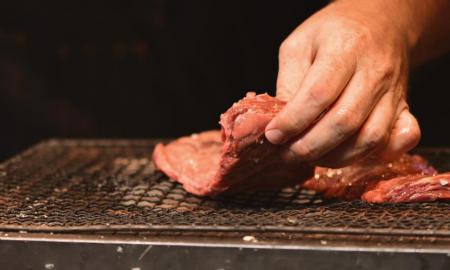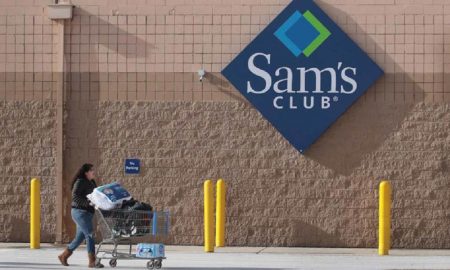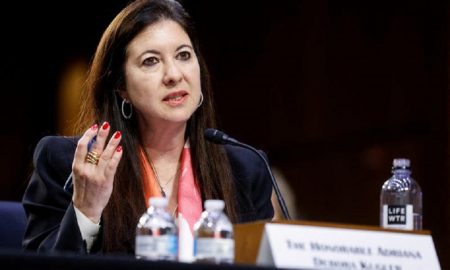
The Evolution of Business Accounting Throughout History

Accounting Before
When we observe the history of accounting, it is apparent to see how closely it is linked to the development of commerce and human society over the past five and a half thousand years or so. The origins of accounting has been traced back to around 3600 B.C., when historians found evidence of records kept on stone and clay tablets showing trade between tribes in and around Mesopotamia. This was most likely the first ever “payable invoice.”
 Centuries ago it was a “scribe” who held the role of bookkeeper or accountant due to their knowledge of writing. Scholars have come to believe that there were accounting systems in use back then that were counterparts of our modern systems today.
Centuries ago it was a “scribe” who held the role of bookkeeper or accountant due to their knowledge of writing. Scholars have come to believe that there were accounting systems in use back then that were counterparts of our modern systems today.
The ancient Egyptians had developed several advanced systems of commodities distribution requiring large quantities to be stored away in warehouses and then disbursed over periods of time as needed. It was a more sophisticated accounting system than what was used in any other region, globally, during that time. One group of scribes recorded amounts that were brought into the warehouse, while other scribes recorded outbound goods, just to keep track of where goods were and what had been consumed. Apparently, there was even a third set of scribes functioning as “auditors” who compared both sets of records and checked them against the quantities remaining in the warehouses.
Accounting, as we know it today, was developed in 14th-century Italy, thanks to maritime trade and banking whereby wealthy merchants needed to keep accurate records of financial transactions. This enabled Italy to soon become Europe’s banking capital and one of the wealthiest country in the continent.
In 1494, a monk named Luca Pacioli wrote a book on mathematics that describes the accounting systems in use, as well as procedures that would be recognized by modern accountants, including the payable invoice. He called it the “Method of Venice”, and it differs very little compared to modern bookkeeping practices and the refinements that were made to accommodate the greater size of contemporary business enterprises that existed during Pacioli’s time.
Interestingly, bookkeeping methods have changed very little since the Middle Ages. However, there have been some recent changes for businesses, including moving away from paper-based systems towards online spend management system to automate company spending—from expense reports, purchase requisitions, and payable invoice creation and approval to reimbursement. Today and in the future, technology remains the ideal means to keep spending under a single, centralised, automated program.
Accounting Today
During the past decade, the economy has shifted, and there has been a significant increase in the number of business owners who are now hiring independent contractors and not full-time employees. In fact, one of the largest markets is the freelancer community. According to a 2010 Bureau of Labor Statistics report, there are approximately 10.3 million independent contractors in the United States. These independent contractors often require separate invoices as they work for multiple clients.
This is an increase of more than 1.8 million sole proprietors totaling more than 10 million across the United States, making up more than 7 percent of the country’s total workforce. This boils down to about $473 billion in personal income. These small companies create three out of every four new jobs. Women now comprise about 35 percent of all U.S. independent contractors, and this number is growing.
 One thing all independent contractors have in common is the need for business expense reporting. Even though expense reports are often considered their least favorite activity, everyone has to get reimbursed for funds spent doing their job. But what is interesting is the number of errors many people make on their expense reports, ultimately resulting in less income. Anyone who is still managing their expenses via legacy accounting systems, spreadsheets, and hard copies of receipts is probably in for losses.
One thing all independent contractors have in common is the need for business expense reporting. Even though expense reports are often considered their least favorite activity, everyone has to get reimbursed for funds spent doing their job. But what is interesting is the number of errors many people make on their expense reports, ultimately resulting in less income. Anyone who is still managing their expenses via legacy accounting systems, spreadsheets, and hard copies of receipts is probably in for losses.
Manual processes are costly and prone to error, not to mention, time-consuming. Many professionals spend way too much time on their manual monthly expense reports—from creating, getting approvals and auditing expense documents, to collecting funds. Manually filling out complicated travel and expense reports also take traveling employees’ focus off their core job.
Independent contractors often eventually become small to medium-sized businesses with more consultants on the job. This is when there is a real need for setting up policies and automating expense controls. What this means is that expense reports, purchase requisitions, and invoices are all routed through pre-established approval processes that are easily accessible to employees and consultants at all levels. Business expense reporting, including preparation and submission, is much faster and allows everyone involved to work on more important tasks.
In truth, today’s automation can reduce and often eliminate errors. More accurate categorizations of expenses can also lead to increased tax deductions. Another advantage for small businesses is the access to electronic purchase orders and purchasing catalogs, which means consultants can analyze spending data to negotiate better vendor pricing. Old-fashioned paper-based T&E reporting processes also mean longer reimbursement cycles, and this can be challenging for independent contractors working offsite who are burdened when documents need to be shared among others in multiple locations for approvals.
Indeed, it is important for companies to take a long hard look at the way they are doing things because, as history shows, things change.
More inFinancial Adviser
-
Why Is the Price of Beef Rising in 2024?
Grocery shopping has become a challenging task with prices consistently on the rise. You may recall the unexpected surge in egg...
June 18, 2024 -
Did Tyler Perry Buy BET? The Story Behind the Partnership
Did Tyler Perry buy BET? While the media mogul’s attempt to acquire BET captured headlines in 2023, the story took an...
June 10, 2024 -
Fun and Exciting Things to Do When You’re Bored With Friends
Ever feel that awkward silence creeping in during a hangout with your friends? Been there, done that! We all know the...
June 4, 2024 -
What Is Equity in Business? Here’s What You Need to know
When embarking on the journey of growing a business, it’s crucial to grasp the concept of equity. So, what is equity...
June 2, 2024 -
Here Are the Best Saving Money Challenge to Boost Your Bank Balance
Ever feel like saving money is a daunting task? Imagine turning it into a fun game or a friendly competition! This...
May 25, 2024 -
Is Cardi B Dominican? The Star Sets the Record Straight on Her Identity
In the vibrant world of social media, where every aspect of a celebrity’s life is scrutinized, Cardi B recently took a...
May 19, 2024 -
Why Is It Important to Reconcile Your Bank Statements? The Ultimate Guide
Why is it important to reconcile your bank statements? Many business owners view bank statement reconciliation as a tedious task. However,...
May 12, 2024 -
Unlock Free Trips By Paying Mortgage & Loans with Credit Cards
Making large payments wouldn’t have been easier if it weren’t for credit cards. The system ensures full safety and quick transfer....
May 2, 2024 -
Skimpflation: Is Luxury Losing Its Luster?
In the glamorous world of luxury, a quiet revolution is underway, and it goes by the name of ‘skimpflation.’ Imagine your...
April 26, 2024















You must be logged in to post a comment Login